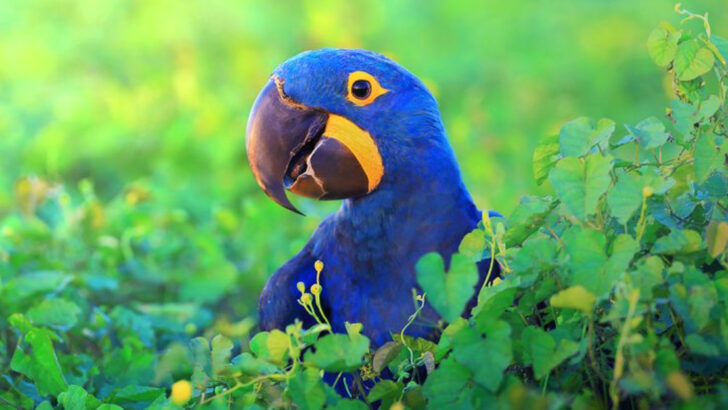Some birds were never meant to blend in.
While pigeons pace the pavement and parrots charm living rooms, these exotic oddballs chose a different path—bold, wild, and unapologetically weird.
Their feathers scream rebellion. Their calls echo like secret languages. And their presence? Like nothing else on Earth.
These 17 birds don’t “fit in”—and that’s exactly what makes them unforgettable. Ready to meet the misfits who turned being different into a work of art?
Kea
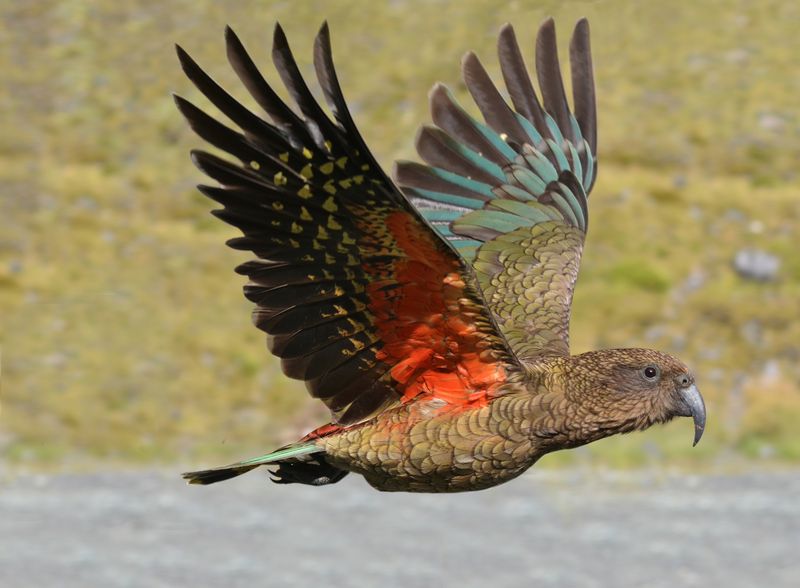
Known for its playful antics, the Kea is a parrot native to New Zealand’s South Island. Its olive-green feathers and scarlet underwings make it a sight to behold.
Kea are famed for their intelligence and curiosity, often interacting with humans and investigating their surroundings.
These mischievous birds have a penchant for getting into trouble, dismantling backpacks or car parts with ease.
Despite their playful nature, Kea face threats from habitat loss and predation. Conservation efforts are vital to protect these unique parrots, ensuring their antics continue to entertain future generations.
Shoebill Stork
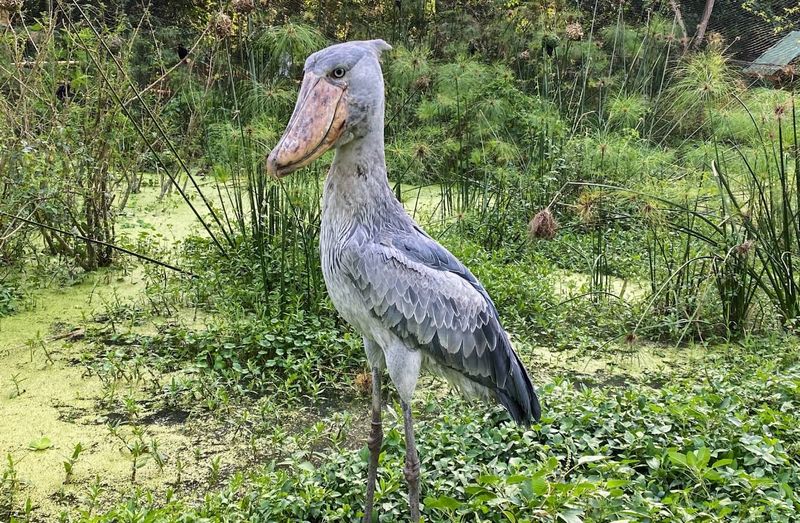
With its bill resembling a Dutch clog, the Shoebill Stork is a distinctive bird found in the swamps of central Africa. Its grey, prehistoric appearance captivates all who encounter it.
The Shoebill is a solitary hunter, using its powerful bill to catch fish and other aquatic prey.
Despite its size, the Shoebill is a silent stalker, patiently waiting for the right moment to strike.
This enigmatic bird’s habitat is threatened by human activities, making conservation efforts crucial to its survival.
Resplendent Quetzal

The Resplendent Quetzal, with its iridescent green plumage and striking red chest, is a symbol of freedom and beauty in Central America.
These birds are known for their long, flowing tail feathers, which add to their majestic appearance.
Inhabiting the cloud forests, they play a crucial role in maintaining ecological balance by dispersing seeds.
Due to habitat loss, their populations are declining, making conservation efforts essential.
The Quetzal’s vibrant colors and graceful flight continue to inspire awe and admiration.
Hoatzin
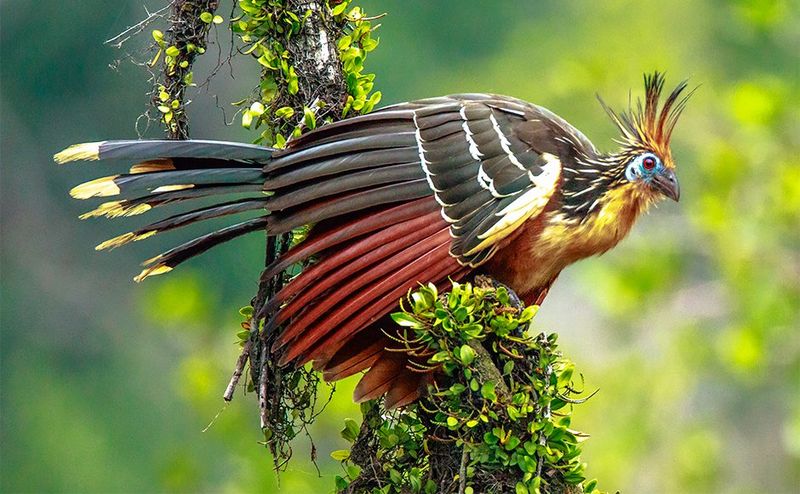
With a face only a mother could love, the Hoatzin is often likened to a prehistoric creature. Found in the Amazon, it is known for its blue face and spiky crest.
This bird emits a distinctive odor due to its leaf-based diet, earning it the nickname ‘Stinkbird’.
Interestingly, Hoatzin chicks have clawed wings, reminiscent of their dinosaur ancestors.
While their appearance may be unusual, Hoatzins play a vital role in their ecosystem, helping to disperse seeds and maintain forest health.
Secretary Bird

The Secretary Bird, with its elegant long legs and striking head crest, is a unique predator of the African savannah. Unlike other birds of prey, it hunts on foot, using its powerful legs to stomp on snakes and other small animals.
Its name is believed to originate from the quill-like feathers reminiscent of old-fashioned secretaries.
Despite its peculiar hunting style, the Secretary Bird is an efficient predator, and its presence is vital in controlling pest populations.
Mandarin Duck
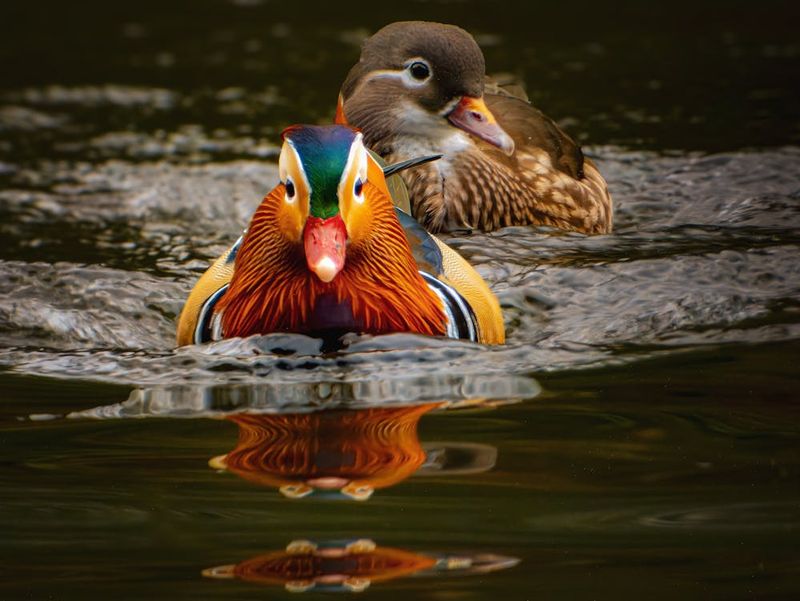
The Mandarin Duck is often regarded as the most beautiful duck in the world. Native to East Asia, it is famous for its dazzling plumage and vibrant patterns.
Males are especially striking, with orange ‘sails’ and a contrasting blue and green body.
These ducks are often found in pairs, symbolizing fidelity and love in many cultures.
Despite their beauty, Mandarin Ducks face threats from habitat destruction and hunting. Conservation efforts are necessary to protect these avian jewels and their habitats.
Victoria Crowned Pigeon
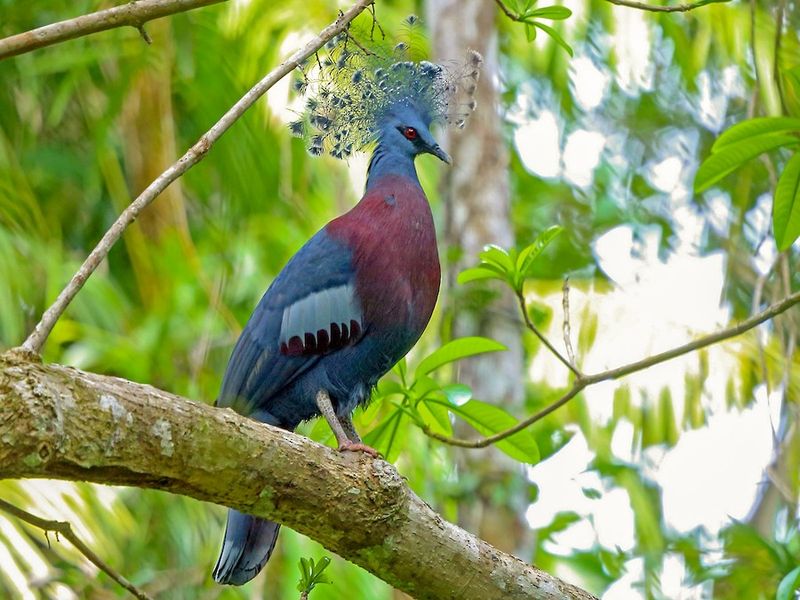
The Victoria Crowned Pigeon, the largest pigeon species, is known for its regal appearance. Its striking blue plumage and ornate crest resemble a royal crown.
Inhabiting the rainforests of New Guinea, these pigeons are surprisingly terrestrial, often found foraging on the forest floor.
Their gentle nature and striking looks make them a favorite among avian enthusiasts.
However, habitat loss and hunting pose significant threats, necessitating focused conservation efforts to preserve these magnificent birds.
Andean Cock-of-the-rock
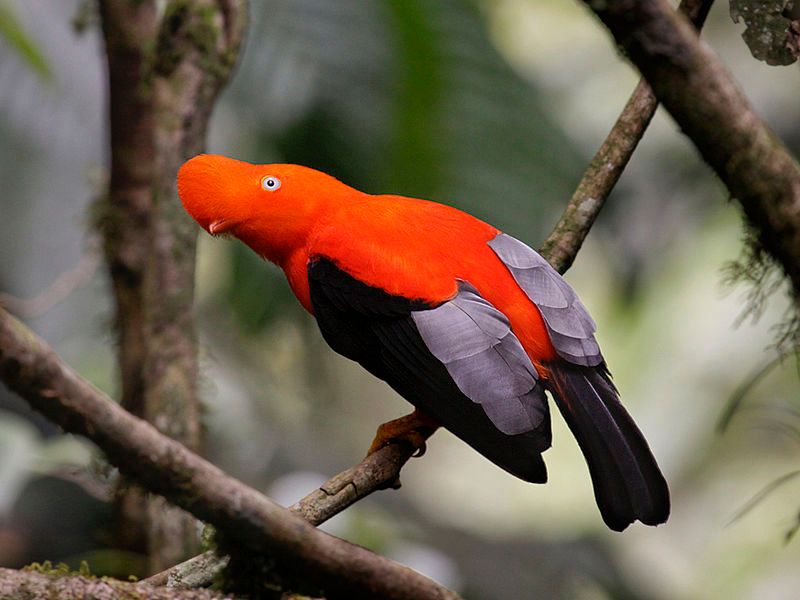
The Andean Cock-of-the-rock, with its vibrant orange plumage and unique head crest, is a true spectacle in the cloud forests of the Andes.
Males are known for their elaborate courtship displays, engaging in lively dances to win over females.
These birds prefer rocky outcrops near streams, where they build their nests.
Their bright coloration and dynamic behaviors make them a favorite subject for photographers and birdwatchers alike.
Lyrebird
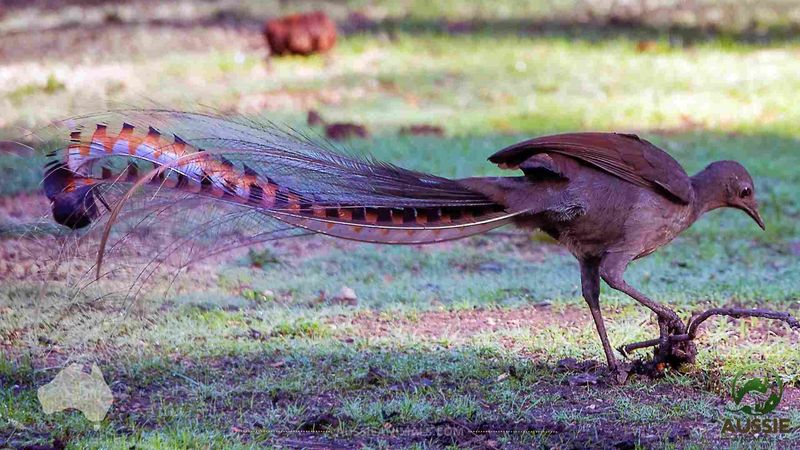
The Lyrebird is renowned for its incredible ability to mimic natural and artificial sounds. Found in the forests of Australia, its tail feathers resemble a lyre, adding to its allure.
These birds are exceptional mimics, often mimicking chainsaws, camera shutters, and other birds’ calls.
Their mimicry is not just for show—it plays a role in their courtship rituals, impressing potential mates.
Lyrebirds are a testament to nature’s creativity and adaptability, fascinating all who hear them.
Kakapo
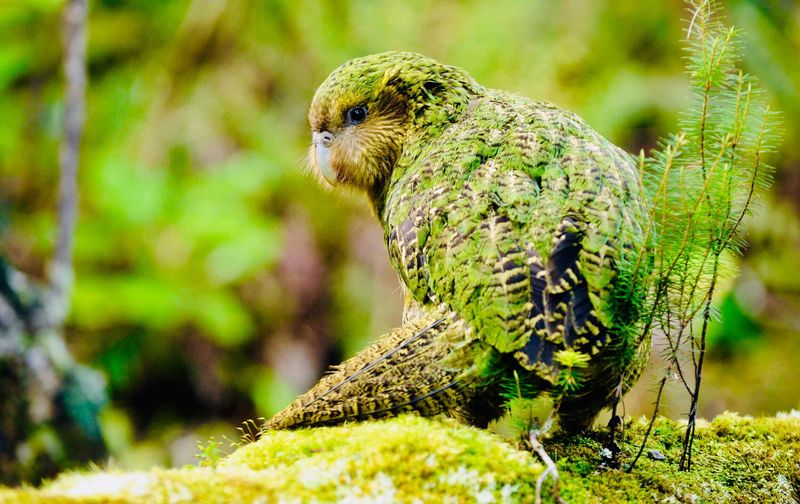
The Kakapo, also known as the ‘owl parrot’, is a flightless, nocturnal bird native to New Zealand. Its mossy green feathers provide excellent camouflage among foliage.
Unlike most parrots, Kakapos are solitary and can live for decades.
They are critically endangered, with intensive conservation efforts in place to boost their population.
Despite their plight, Kakapos are beloved for their quirky personalities and unique traits, such as their booming mating calls.
Raggiana Bird-of-paradise
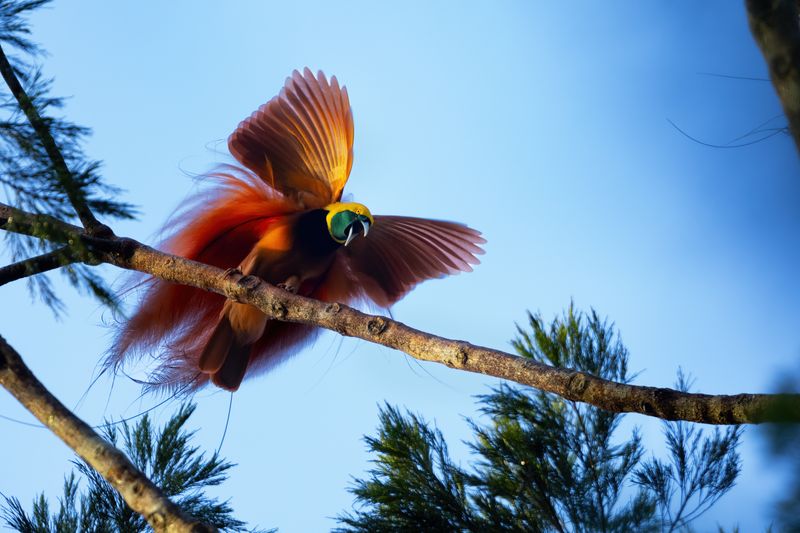
Native to Papua New Guinea, the Raggiana Bird-of-paradise is known for its dazzling courtship displays. Males flaunt their vibrant red plumes and ornate feathers to attract mates.
Their exuberant dances are a sight to behold, showcasing nature’s artistic flair.
These birds inhabit tropical forests, where they contribute to the ecosystem by dispersing seeds.
Their spectacular displays are a favorite among bird enthusiasts, while their important ecological role underscores their value in nature.
Toco Toucan
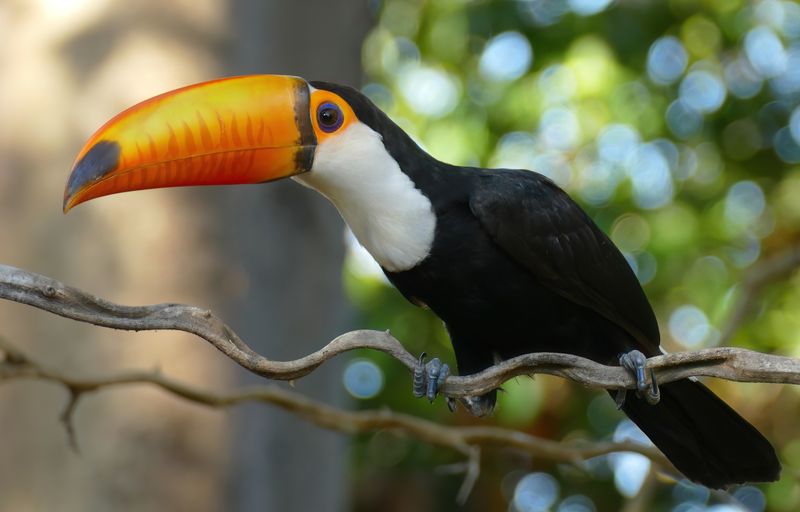
The Toco Toucan, with its oversized, colorful bill, is an iconic symbol of the Amazon. Its striking appearance makes it a favorite in both art and popular culture.
The toucan’s bill, though large, is surprisingly light and helps in thermoregulation.
Toco Toucans are social birds, often found in small flocks.
They play a crucial role in seed dispersal, contributing to the health of their rainforest habitat.
Despite their charm, habitat loss poses a significant threat to their survival.
Inca Tern
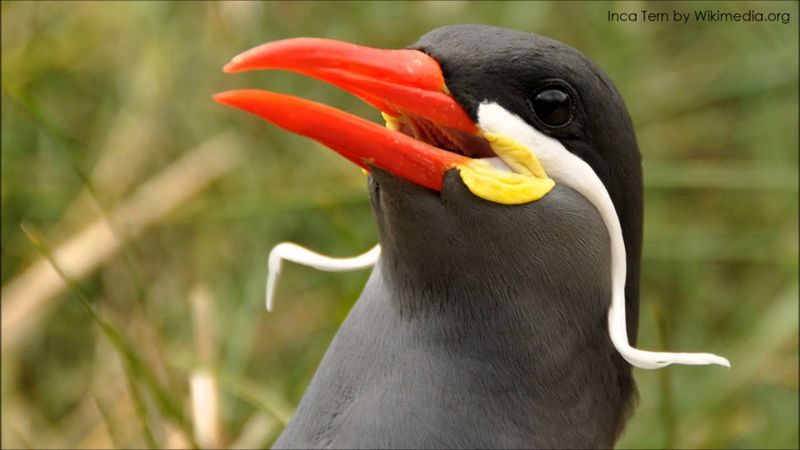
The Inca Tern is a seabird with a flair for the dramatic, sporting a distinctive white mustache that contrasts with its dark plumage. Found along the Pacific coast of South America, it is known for its acrobatic flight.
Inca Terns are skilled fishers, diving into the ocean with precision to catch their prey.
Their unique appearance and agile movements make them a delight for birdwatchers.
Despite their adaptability, environmental changes threaten their populations, highlighting the need for conservation efforts.
Great Hornbill
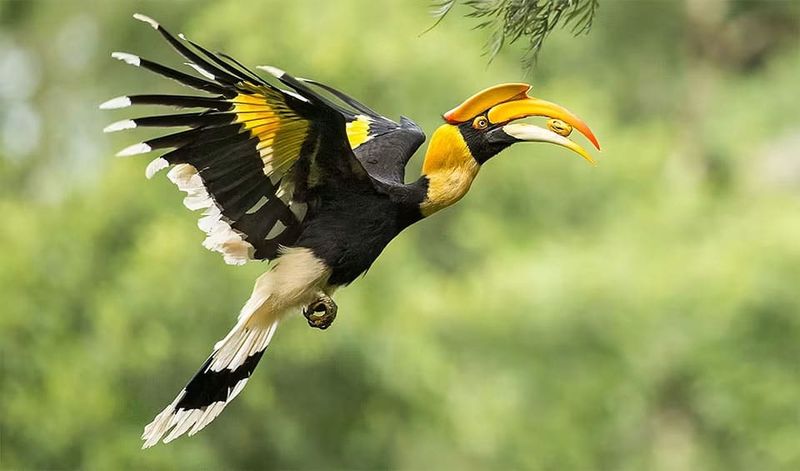
The Great Hornbill is a magnificent bird found in the forests of India and Southeast Asia. Its large, curved casque and striking yellow and black plumage make it unmistakable.
These birds are monogamous, with pairs often staying together for life.
The Great Hornbill plays a crucial role in its ecosystem by dispersing seeds, aiding forest regeneration.
Their beauty and ecological importance make them a symbol of conservation, yet they face threats from habitat destruction and hunting.
Pink Fairy Armadillo
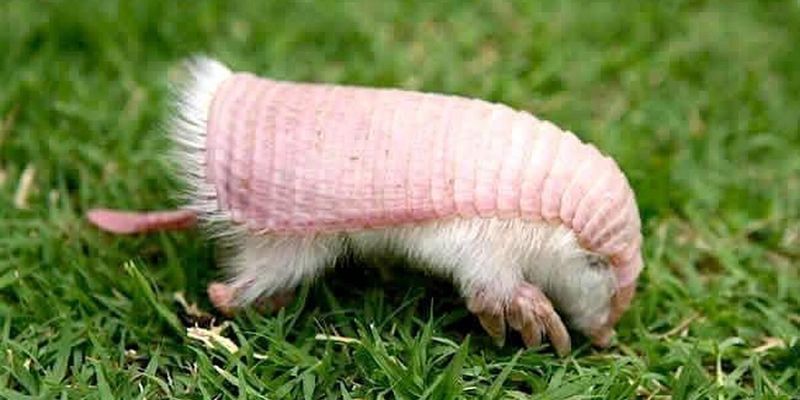
The Pink Fairy Armadillo, though not a bird, deserves mention for its unique and endearing appearance. Found in Argentina, this small creature is distinguished by its pink, translucent shell.
Despite being a mammal, its rarity and charm make it an honorary member of our list.
This armadillo burrows through sandy soils, creating intricate tunnel systems.
Its elusive nature adds to its mystique, making sightings a rare and treasured event.
Red-tailed Black Cockatoo
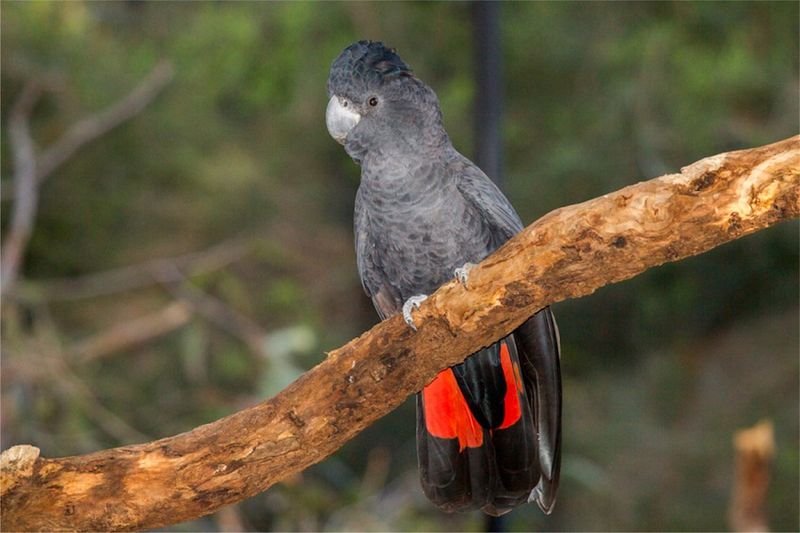
The Red-tailed Black Cockatoo boasts a striking appearance with its glossy black feathers and vivid red tail. This Australian native is known for its loud calls and strong bonds with its flock.
Often seen in eucalyptus forests, they play a crucial role in seed dispersal, aiding in the regeneration of their habitat. During the breeding season, these birds engage in charming courtship displays, creating a spectacle of fluttering feathers.
Did you know? Their powerful beaks are designed to crack open hard nuts and seeds, showcasing their adaptability and resilience.
Hyacinth Macaw
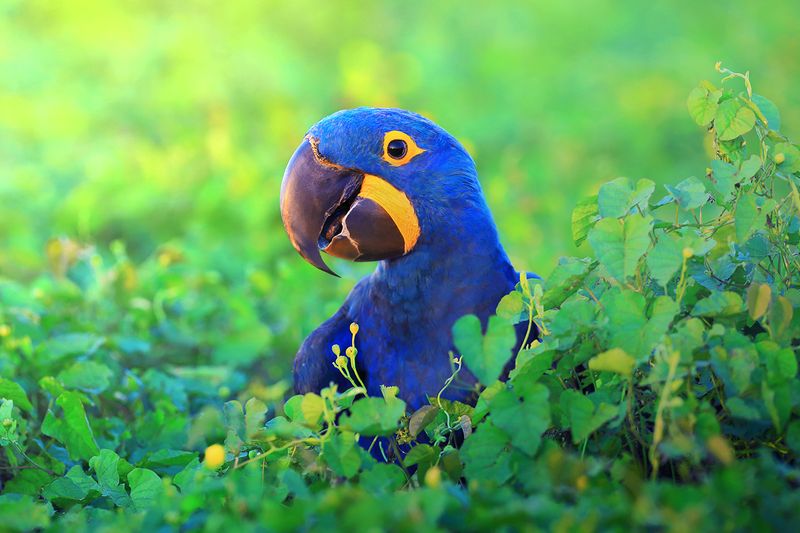
With its stunning cobalt blue feathers, the Hyacinth Macaw is the largest parrot species in the world. Native to South America’s Pantanal, they are known for their intelligence and playful behavior.
These social birds thrive in groups and are often spotted gliding gracefully across the sky. Their strong, curved beaks are perfectly adapted for cracking nuts from palm trees, their primary food source.
Conservation efforts are vital for this majestic species, as habitat loss and illegal pet trade threaten their survival. Hyacinth Macaws symbolize the vibrant diversity of the rainforest ecosystem.

